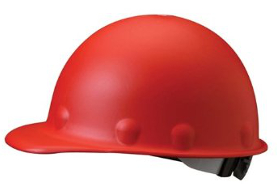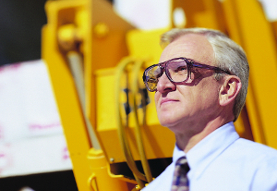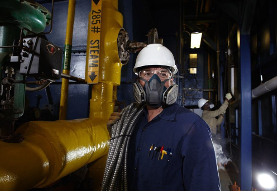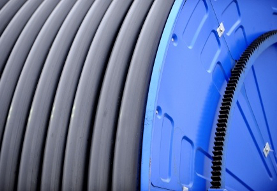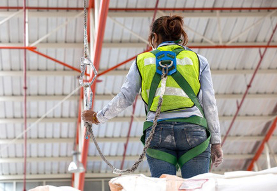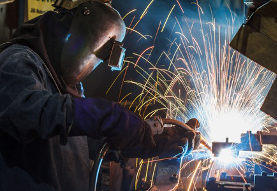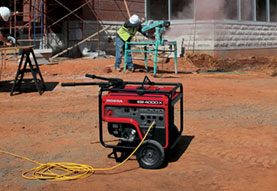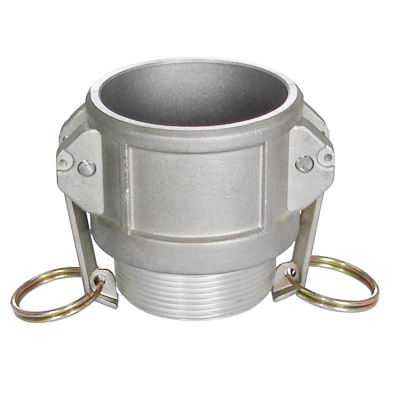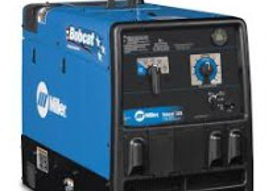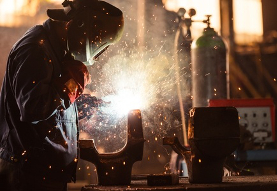 Every skilled trade requires a workstation that is properly setup with the right tools; the right tools not only make the work easier, but they also make the job safer and more enjoyable. This is particularly true for welding. Every individual that performs any type of welding knows that there are certain “must have” items that are fundamental for the job. The essentials of a well-equipped welding station can vary greatly depending on the specific types of welding being performed. The following is a list of some basic, essential pieces of welding equipment that are not only functional but may also make the welding experience more pleasant.
Every skilled trade requires a workstation that is properly setup with the right tools; the right tools not only make the work easier, but they also make the job safer and more enjoyable. This is particularly true for welding. Every individual that performs any type of welding knows that there are certain “must have” items that are fundamental for the job. The essentials of a well-equipped welding station can vary greatly depending on the specific types of welding being performed. The following is a list of some basic, essential pieces of welding equipment that are not only functional but may also make the welding experience more pleasant.
Welding Cart - There are countless options available when shopping for a welding cart. A welding cart provides mobility to your welding station as well as fast and easy access to all of your welding materials. A good welding cart can help keep your station organized, providing storage for leads, clamps, hammers, soap stones, rods, and welding hoods etc.
Welding Table - Having a good, solid surface to work on is almost priceless. A welding table fitted with a good bench vise and an ample work surface will most certainly be one of your favorite “tools.” It provides you space to lay out your work and a sturdy surface to perform many intricate welds.
Welding Clamps - The vast supply of tools created to simplify the task of joining metals would not be complete without a means by which one person could put two pieces of material together, hold them in exactly the right position, and complete a weld. For this purpose there are assorted clamps: “c” clamps, vise grip clamps, magnetic clamps etc. All in various shapes, sizes, and angle configurations.
Measuring Equipment - Every welder acknowledges the necessity of accurate measurement. Laying out a project can be tedious and, without the most basic measurement tools, quite frustrating. A good quality tape measure, a framing square, and a small torpedo level are staples in every skilled welder’s toolbox. There are various other precision measurement tools used by welders of all skill levels and it is definitely worth exploring the various types available.
Welding Hood - Every welder has experienced the discomfort of “arc flash” to some degree. There is no argument about the importance of a good welding hood. Modern welding hoods, available in a wide variety of models and prices, are equipped with an “auto darkening” lens. The auto darkening lens enables the welder to keep his hood down in between weld passes. The lens automatically detects the arc and immediately darkens to protect the eyes. Once the arc is extinguished the lens brightens to allow the welder to see his work. Auto darkening lenses are available in various shades to accommodate almost every welder’s preferences. The older, single-shade hoods are still very relevant and provide great protection at a much lower price. So do some research and find the hood that works best for you and your pocketbook.
Welding Gloves - Welding gloves are another component of your complete welding apparel. A good pair of welding gloves will fit comfortably while providing protection from the harmful UV rays emitted during the welding process. The specific welding glove you select should be designed for the welding process you are performing. While form and fit are important, there are some differences among the gloves needed for different welding processes:
- SMAW - SMAW or stick welding gloves are typically heavier with a longer cuff to protect the hands and wrists from spatter.
- GMAW - GMAW or MIG welding gloves are slightly lighter and offer a bit more flexibility in the wrist and hand.
- GTAW - GTAW or TIG gloves are the lightest gloves and offer the greatest amount of flexibility in the wrist, hand, and fingers to accommodate the ability to “roll” the TIG rod and torch.
So do some research and find the gloves that best fit your particular hand and welding needs.
Welding Jacket - The final component of your complete welding apparel should be a flame retardant welding shirt or jacket. A flame retardant welding shirt or jacket protects the arms and torso from the hot, molten spatter. There are plenty of styles, designs, and materials available to make you safe and fashionable while performing your welding. You can find “sleeves,” “bibs,” aprons, and coveralls. Make certain to always wear long pants and closed-toe shoes while welding. Cover up from head to toe and let’s get welding!
Tools - Tools, tools and more tools! Welding requires more than just welding machines, torches, and electrodes. The following tools help produce higher quality welds or make the welding process faster and easier.
- Basic Hand Tools - Basic hand tools like pliers, screwdrivers, a crescent wrench are always good to have in your workstation.
- Grinders and Grinding Wheels - A good 4 ½” angle grinder is handy for grinding and cleaning up the material before and after you weld. You’ll want a good assortment of grinding wheels, flap discs (60 or 80 grit), and a “cut off” wheel or two. Make certain you always wear safety glasses and a full face shield when using the grinder!
- Hammers - A chipping hammer and a small ball peen hammer are always handy.
- Wire Brushes - Wire brushes are available for both stainless steel and carbon steel and are extremely helpful to clean up the weld site.
This list could go on forever, but those are some of the key welding tools. There are thousands of tools out there that can make your welding job safer and more productive.
Equipment for Welding Processes
There are also some important equipment specific to different welding machines and welding processes. Be sure to research the appropriate items for your machine. Basic welding process equipment will include the following:
Filler Metals - Mig wire, tig rods, tungsten and stick electrodes. Naturally the one needed will depend on your welding process.
- Shielding Gas - There are different types of shielding gases available. Two common ones are C25 and argon.
- Flow Meter or Regulator - These are crucial tools that add an additional layer of precision, quality, and safety to the weld.
- Mig Equipment - Gun liner, tips, nozzles and drive rolls.
- Stick Welding Equipment - Welding lead and electrode holder.
- TIG Equipment - Torch cable, collet, and back cap. Also, if you use water-cooled torches make sure to follow the manufacturer’s suggested maintenance on the coolant.
This list of welding equipment essentials is just a starter list with broad applicability across a full variety of different welding processes and industries. Different particular projects and processes will call for more specialized equipment. However, regardless of whether you are shopping for general or specialized welding equipment, Gopher Industrial has you covered. Let the Gopher get it!

 Every skilled trade requires a workstation that is properly setup with the right tools; the right tools not only make the work easier, but they also make the job safer and more enjoyable. This is particularly true for welding. Every individual that performs any type of welding knows that there are certain “must have” items that are fundamental for the job. The essentials of a well-equipped welding station can vary greatly depending on the specific types of welding being performed. The following is a list of some basic, essential pieces of welding equipment that are not only functional but may also make the welding experience more pleasant.
Every skilled trade requires a workstation that is properly setup with the right tools; the right tools not only make the work easier, but they also make the job safer and more enjoyable. This is particularly true for welding. Every individual that performs any type of welding knows that there are certain “must have” items that are fundamental for the job. The essentials of a well-equipped welding station can vary greatly depending on the specific types of welding being performed. The following is a list of some basic, essential pieces of welding equipment that are not only functional but may also make the welding experience more pleasant.